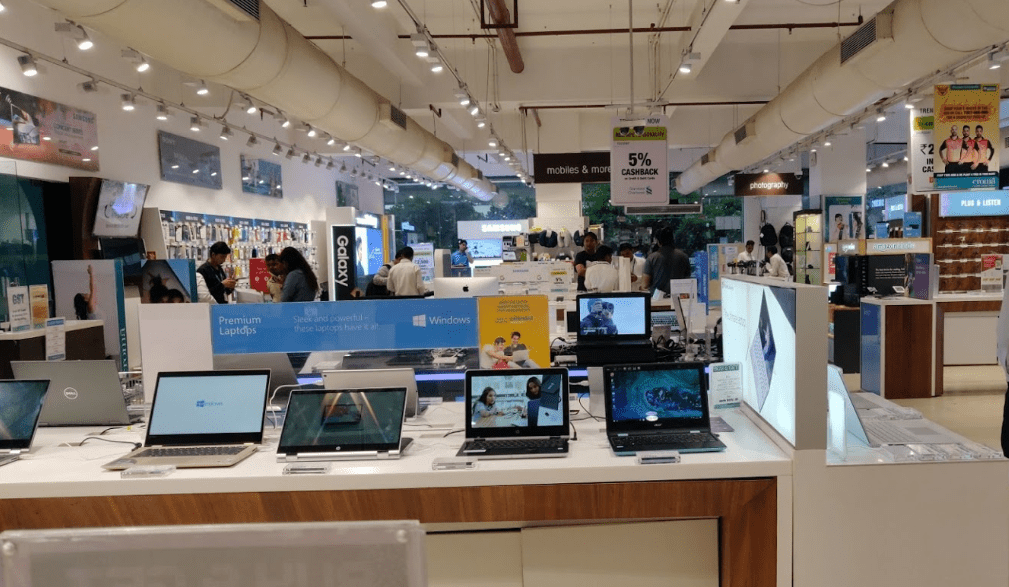New Delhi, August 04: The Government of India has introduced immediate restrictions on the import of laptops, tablets, and personal computers to boost local manufacturing and reduce dependency on foreign imports.
The Directorate General of Foreign Trade issued a notification on August 3, outlining the new regulations.
New Import Restrictions:
Under the new restrictions, imports of personal computers, laptops, palmtops, automatic data processing machines, microcomputers/processors, and large/mainframe computers have been curtailed with immediate effect.
The restrictions cover seven categories falling under HSN code 8471, except for imports governed by baggage rules.
The move aims to encourage the growth of domestic manufacturing in the electronics sector and strengthen India’s production capabilities.
The notification specifies that the import of laptops, tablets, all-in-one personal computers, and ‘ultra-small form factor’ computers and servers falling under HSN 8741 will be ‘restricted’. However, such restricted imports will be allowed with a valid license by the registered importers.
What are Exceptions?
There are exceptions to these restrictions. Import licensing requirements are waived for single units of laptops, tablets, all-in-one personal computers, or ultra-small form factor computers.
This exemption also extends to products purchased through e-commerce platforms and received via post or courier. Goods considered an essential part of capital goods are also exempted from import licensing requirements.
To support research and development, testing, benchmarking, and evaluation activities, imports of up to 20 items per consignment are permitted. These items should be used strictly for the stated purposes and not intended for sale. Following their designated use, these products are to be either destroyed beyond use or re-exported.
Repair and return of re-imported goods that were repaired abroad are exempted from the need for a restricted import license, aligning with the provisions of the Foreign Trade Policy.
Why impose Import Restrictions?
The immediate trigger for these restrictions is the renewed production-linked incentive (PLI) scheme for IT hardware, as announced by the Indian government.
The scheme was revamped in May with a budget of Rs 17,000 crore, signaling a concerted effort to strengthen domestic production capabilities and decrease the reliance on imports, particularly from China.
India imports most of its electronic components from China, the United States, and Germany, making it the second-largest importer of electronic components in the world.
The data highlights the significant role played by China in India’s import landscape. The majority share of imports in the restricted categories comes from China.
As per the Commerce Ministry data, India’s trade deficit with China widened to $77.6 billion in FY23 from $72.9 billion in FY22, with electronics items forms the most of its import bill. These import restrictions now will help India to reduce its trade deficit with China while getting a significant push to “Make in India” vision.
Moreover, Apple, Dell, Samsung, along with Acer, LG Electronics, Lenovo, and HP Inc., are among the primary foreign vendors of laptops in the Indian market. According to the Analysts, “this strategic move will be a significant blow to these foreign brands, compelling them to establish and expand their manufacturing capacities in India”.
In the words of Ali Akhtar Jafri, former director general at the Manufacturers’ Association of Information Technology, ‘the new restrictions embody a robust push towards local manufacturing, going beyond a mere nudge’.
These restrictions mark a pivotal step in India’s journey toward self-reliance in the electronics sector, with significant implications for the nation’s economic trajectory and production landscape.






